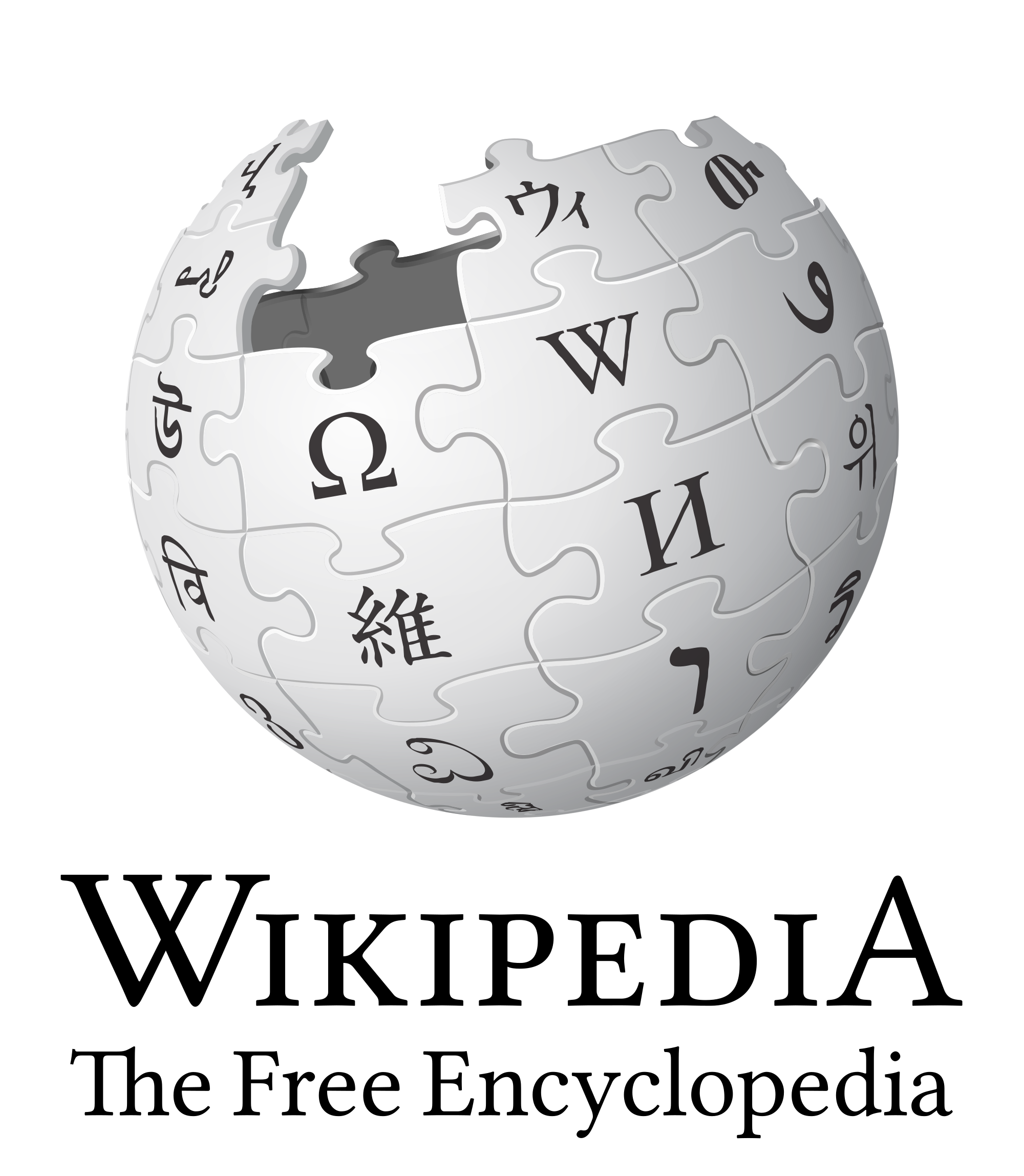Brendan Margolies
bm311013@ohio.edu
The rapid development and growth in credibility of Wikipedia has taken place over my lifetime. Early in high school, utilizing Wikipedia in any form was frowned upon by nearly all of my teachers. As time went on, more and more teachers started saying you could use it, just double-check the information you gained on another site. Nowadays, teachers and professors alike are recognizing the power of the largest online aggregator of user-generated-content.
The extreme success of Wikipedia and other Wikimedia projects is a unique story on the online realm. A self-sustaining website based almost completely off user contributions doesn't sound like a feasible business plan in today's media landscape. Even crazier is that users aren't really rewarded for their contributions, outside of being able to see their content on the sites if it makes it through the editorial process. So what is keeping these projects going? Where is this endless momentum coming from? I think the answer lies in the community type environment that Wikimedia sites have managed to build within their individual projects. For example, when someone utilizes Wikipedia often and finds it to be a useful tool, they eventually start to get the feeling that they should also contribute, if for no other reason than they've gotten so much out of the site. The fact that everything they offer is free adds to this feeling. Users get to access all of this valuable information at no cost, and hopefully they will ultimately feel guilty enough to contribute via content or donations.
Even with the proliferation of citizen journalism and UGCs, Wikipedia stands alone as the triumphant king/queen of community contributions. Part of that is obviously the wide array of information that is presented on the site, performing as a sort of super in-depth dictionary for any term someone can think of. While startups are trying to attract niche audiences, Wikipedia doesn't have to worry about marketing to certain demographics. Every single demographic in the world has a use for the site.
One place I'd like to see Wikipedia grow is in how they present their information. Looking at their articles makes me think of legacy media and all their forms of traditional long-form writing. I'd like to see some more multimedia elements on Wikipedia to break it up from all the text we see. Tools like graphics and charts help to quickly convey information in a clear and simple way. It also helps to make the stories more dynamic, and appeal to a different, younger audience. On the other hand, new forms of multimedia on a classic site like Wikipedia might be a turn-off for long-time users. Also, Wikipedia has displayed an ability to maintain their content style over so many years that messing with their system now might be frowned upon. In reality, the first article ever posted on Wikipedia likely looks very similar to the most recent article, in terms of style and visual appeal.

No comments:
Post a Comment